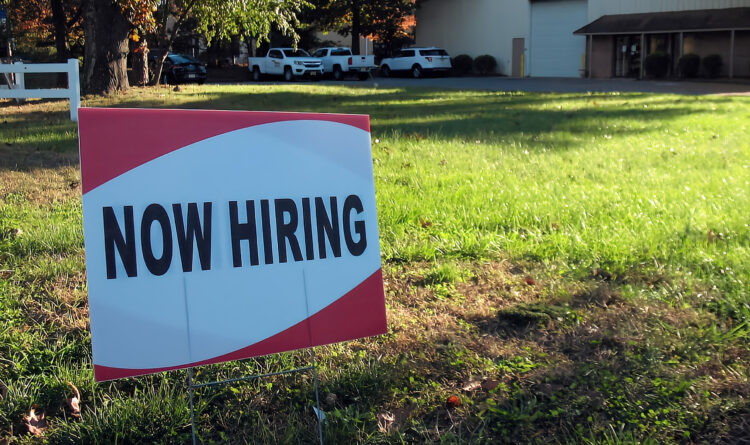
May 19. As the economy recovers from the effects of the COVID-19 pandemic, there has been a surge in job openings, with many employers having a tough time filling positions.
As a result, new applicants have a lot of leverage.
Indeed, the “Great Resignation,” has millions of Americans quitting their jobs each month.
In a recent WalletHub study, North Carolina ranks No. 8 nationwide in terms of how frequently people are leaving their places of employment.
North Carolina’ resignation rate during the latest month: 3.50%
Resignation rate in the past 12 months: 3.38%
Overall rank: 8th highest in the country
Kevin Lang, a professor of economics at Boston University, says the issue is complicated, and has much to do with long-term trends.

Kevin Lang
What are the main factors that are influencing this shift in the labor force?
First, it is important not to exaggerate the shift. There was a sharp drop in the labor force participation rate at the beginning of the pandemic, but that drop has been gradually reversing itself. In January 2019 the seasonally adjusted labor force participation rate was 63.4%; in January 2021, it was 62.2%.
So we have made up almost two-thirds of the initial drop. On top of that, the rate was relatively high in late 2018 and January 2019 compared with recent history. Between 2015 and 2018, it once fell to 62.4%, not far from where we are currently.
I do not have a good explanation as to why the rate remains somewhat below the level immediately before the pandemic. If it were fear of contracting COVID, I would expect the drop to be much more pronounced among older individuals; it is not. If it were due to concerns about schools and daycare facilities being closed, I would expect the decline to be larger among women; it is not.
How is the decrease in labor force participation affecting the employers?
We certainly have a tight labor market. This is forcing employers to offer better wages and working conditions, and some are finding it difficult to hire or hold onto workers because other employers are also improving wages and working conditions. Tight labor markets see high quit rates because workers can take a chance on a job, they think they might prefer in the knowledge that they can switch jobs again relatively easily if they do not like their new job.
Will this be a long-term issue or will we see a re-entering in the labor force of the prime-age workers in 2022?
I do not have a crystal ball. Between January 2009 and January 2019, the labor force participation rate fell 2.3 percentage points. If that trend had continued through January 2022, the rate would be only about a one-half percentage point above where it is currently. So we are not way off from where we might have been without the pandemic. That said, anyone who is confident about predicting the future must have much better knowledge about what is going to happen politically and medically than I have.

Discussion
No comments yet.